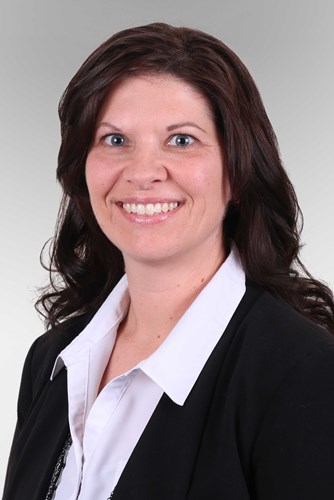The onset of cold weather does not mean that work stops in the concrete construction industry. Many materials, including concrete, specialty repair mortars, and joint sealants, can be placed in cold weather when all the necessary precautions are taken. Eucolastic joint sealants are robust, adaptable products that can be installed when the temperature drops, if special attention is given to material and substrate preparation and accommodations are made for a slower cure time.
Eucolastic 1NS and Eucolastic 1SL are one-part urethane sealants that cure by reaction with moisture, yet their cure is also temperature dependent. Therefore, they will cure at a slower rate as the temperature drops. Additionally, dry environments common in cold weather will slow the reaction of these moisture-curing sealants. A general rule of thumb is that for every 10 degree drop in temperature, the skin time and cure time will double. The lowest recommended installation temperature for Eucolastic sealants is 0°F (-17°C).
In addition to temperature, the following conditions can affect the cure rate of Eucolastic sealants:
- Freshly poured or placed substrates such as concrete, mortar, and EIFS should be given adequate time to cure prior to installation of Eucolastic sealants. The exception to this rule is Eucolastic 1SL, which can be installed when new concrete is as little as 24 hours old.
- The dew point is the temperature at which moisture in air can condense on surfaces. If the air temperature is below the dew point, substrates should be wiped with solvent to remove any condensation prior to primer or sealant application.
- The major effect of wind chill is the accelerated cooling effect on substrates and sealants. This will directly affect the time available for surface preparation and sealant application. The application characteristics of cooler sealants (i.e. reduced flow rate) result in less efficient tooling or “wet out” of the sealant to the substrate.
The environmental conditions of every project should be evaluated on a day-to-day basis, as temperature, humidity, dew point, presence of frost, and wind chill can all affect the cure and overall success of a Eucolastic application.
The following guidelines should be followed when installing Eucolastic sealants in cold weather.
- Warm tubes of Eucolastic at room temperature for at least 24 hours prior to use. This is necessary to ensure adequate flow of the sealant during installation.
- Clean any dew, frost or ice from the substrate with a solvent such as MEK (methyl ethyl ketone), toluene, or xylene. Follow the precautionary instructions on the solvent container and MSDS for the safe use of these materials.
- When required, Eucolastic Primer should be conditioned in a similar fashion. At temperatures lower than 32°F (0°C), Eucolastic Primer will take longer to dry. Care should be taken to ensure adequate primer dry time prior to sealant application.
To find out more about the Eucolastic products, visit the product pages.
 ABOUT JENNIFER CRISMAN
ABOUT JENNIFER CRISMAN
Jennifer Crisman is the Senior Product Marketing Manager for Construction Products at Euclid Chemical. Jennifer began her career at Euclid Chemical over 20 years ago in the R&D group, responsible for the formulation and testing of concrete coatings, sealers, adhesives and joint fillers. In her current role, Jennifer manages the marketing activities for these products as well as for Euclid’s concrete repair mortars, grouts, and waterproofing systems. She is a member of ASTM International subcommittee on Concrete Curing, as well as ACI technical committees on Curing Concrete, Repair of Concrete, and Decorative Concrete. Jennifer holds Bachelor of Chemical Engineering and Master of Business Administration degrees from Cleveland State University.